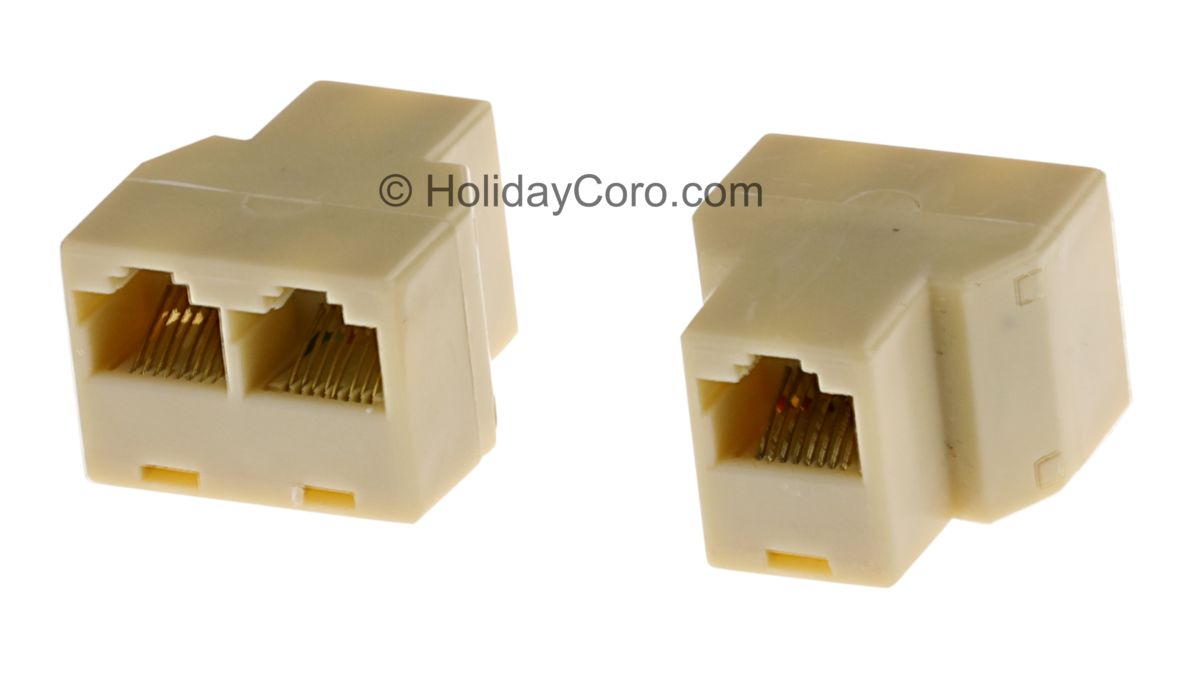mmkooiman67
New elf
- Joined
- Jan 13, 2012
- Messages
- 17
Hello all,
Just a quick question. I am looking for some recommendations for a DMX splitter. This is the first year that I am changing over to RGB so I have already broke the bank. Some inexpensive options would be nice.
Thanks in advance,
Mark
Just a quick question. I am looking for some recommendations for a DMX splitter. This is the first year that I am changing over to RGB so I have already broke the bank. Some inexpensive options would be nice.
Thanks in advance,
Mark


